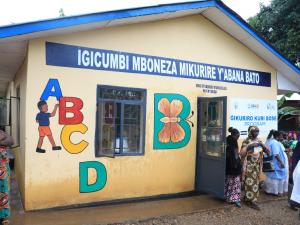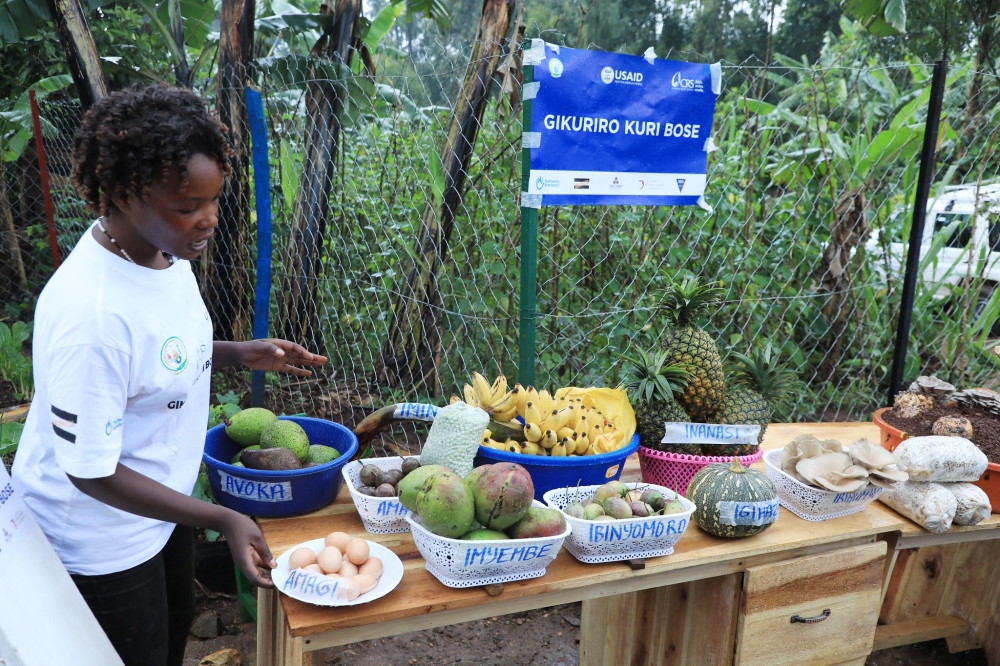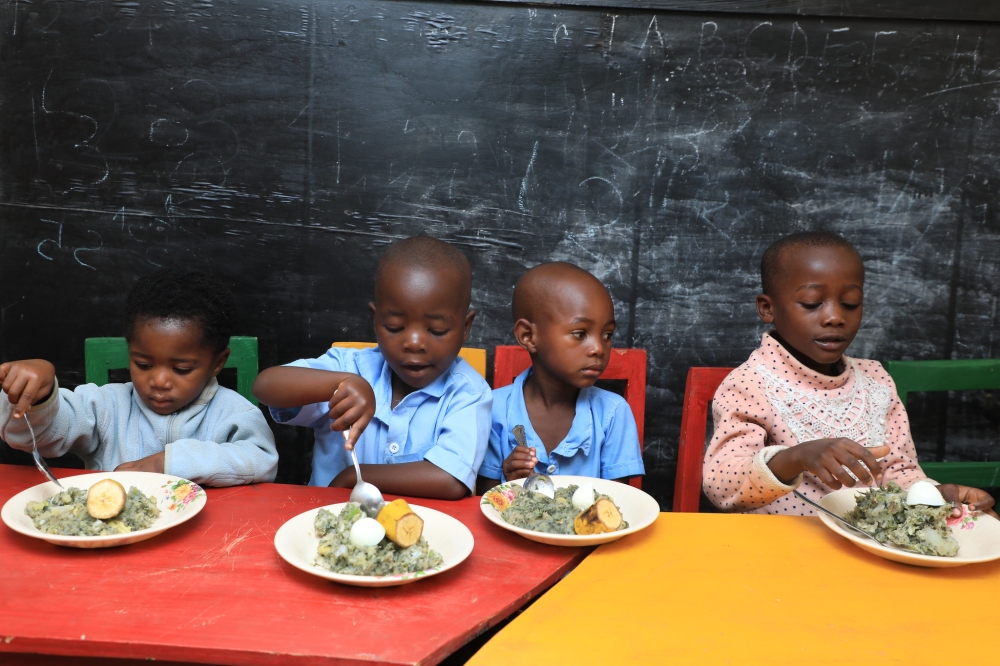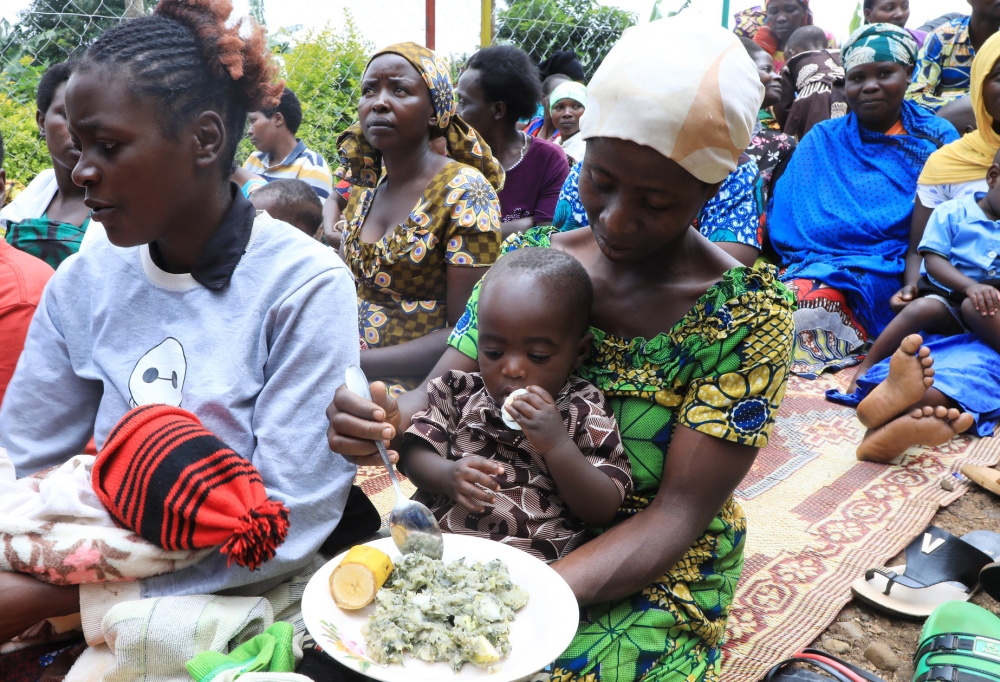
Inside Rwanda's renewed battle against stunting
Recent data from a collaborative global database on child malnutrition, comprising UNICEF, the World Health Organization (WHO), and the World Bank, reveals a decline in the prevalence of stunting cases in Rwanda.
Since 2000, the prevalence of child malnutrition in Rwanda has decreased from 48.5 percent to an estimated 29.8 percent. This improvement is notable, especially considering that at one point, the figures reached as high as 49.1 percent.
Stunting rates in Rwanda have also shown a remarkable decline over the years, plummeting from 56.8 percent in 1992 to 33.1 percent as of 2020 according to UNICEF, WHO, and the World Bank joint global database on stunting released on May 31.
To further address this issue, Rwanda launched a comprehensive two-year plan on June 12, with the goal of reducing stunting and achieving the National Strategy for Transformation (NST1) target of reducing stunting to 19 percent by the end of 2024.
However, with only a year and a half left to meet this ambitious target and considering that the numbers of child malnutrition have only decreased by 3.8 percent from 2018 to 2022, there is a legitimate question about the feasibility of achieving this goal.
In an interview with Caleb Karangira, a Public Health and Nutrition Specialist, he expressed optimism about the target's achievability. He emphasized the need for every stakeholder to contribute and implement the activities outlined in the plan within the designated timeframe.
Karangira called upon all Rwandans to unite in the fight against stunting, highlighting its crucial role in society as a whole. Acknowledging the challenges ahead, he stressed that it would require collective efforts and adherence to the set tasks.
However, Karangira also pointed out potential obstacles to progress, such as the continuous rise in food prices, which may hinder efforts to combat stunting. In such cases, government intervention becomes necessary to mitigate the impact of external factors. Additionally, he attributed the slow progress in recent years to the global pandemic, which disrupted various aspects of life worldwide, including nutrition programs.
The two-year multisectoral plan to reduce stunting in Rwanda focuses on key priorities. These include enhancing antenatal care attendance to ensure healthy pregnancies, revitalizing nutrition centers to provide essential services, and supplying children with biofortified products and animal-sourced proteins to address nutritional deficiencies.
“While the challenge remains significant, Rwanda's commitment to reducing child malnutrition is evident. With concerted efforts from all stakeholders, including the government, communities, and individuals, there is hope for further progress in combating stunting and improving the well-being of children across the nation,” said Karangira.



